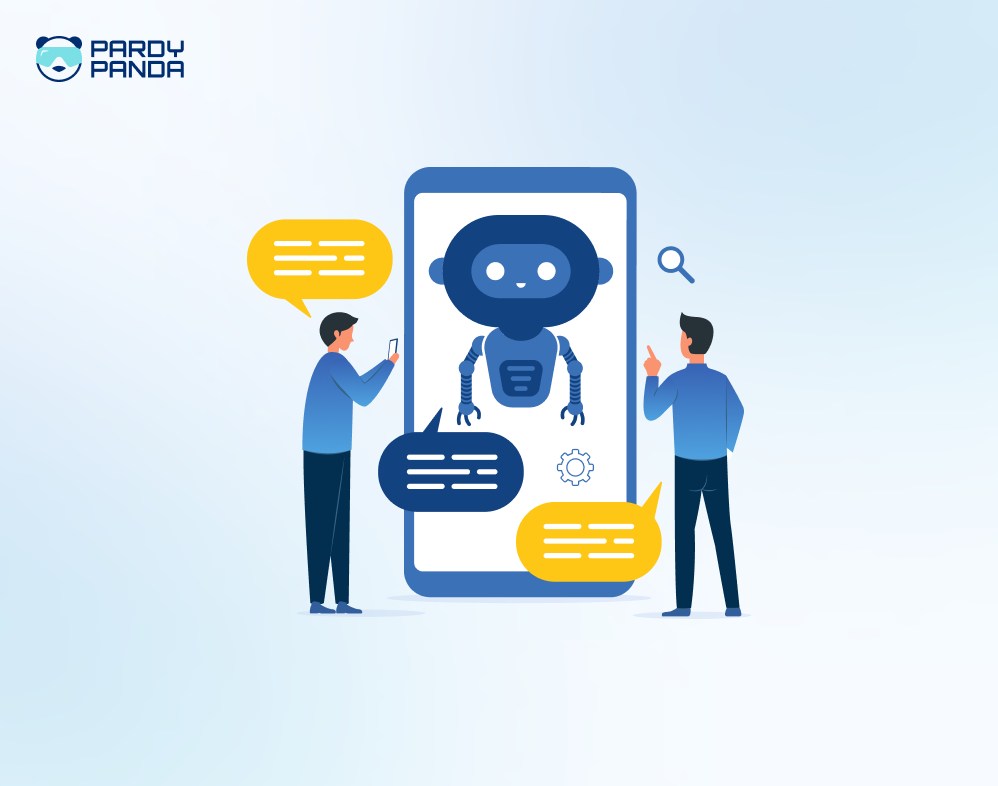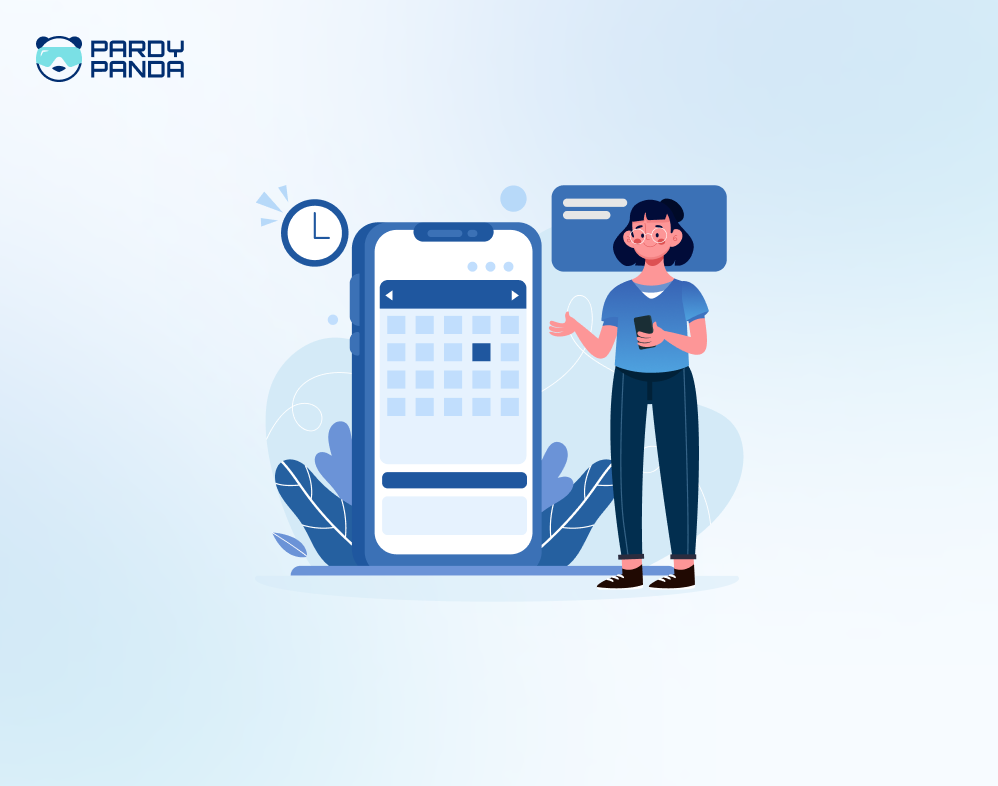The AI Dilemma Every Founder Faces
If you’ve tried using ChatGPT for your product, you’ve likely hit this wall:
“It’s smart, but it doesn’t know our business.”
You want an AI assistant that understands your users, data, and workflows. Maybe one that can answer customer queries, summarise CRM activity, or even help onboard new team members.
But the idea of “training your own LLM” sounds expensive, resource-heavy, and out of reach for a growing startup.
The good news? You don’t need to build your own model. You just need to connect your data to an existing GPT safely and smartly.
Here’s how.
Step 1: Understand What ‘Training’ Really Means
Let’s clear the air first.
When people say “train ChatGPT on our data,” they often mean one of two things:
- Fine-tuning: actually updating the model’s weights (costly, complex, not ideal for startups).
- Data-connecting / context injection: feeding your app data into the model dynamically so it “knows” your world without retraining.
For 95% of startup use cases, you only need the second one.
Think of it as giving GPT context, not memory.
Example:
Instead of building a new AI to understand your customer support logs, you connect those logs to GPT through an API. The model stays the same but its responses become specific to your business.
Step 2: Centralize Your Data
Before you plug anything into GPT, your data needs to be clean and accessible.
This is where most founders stumble that their app data lives across multiple silos:
- CRM (HubSpot, Salesforce)
- Product database
- Notion / internal docs
- Support tools like Intercom or Zendesk
Start by identifying what you want your AI to do:
- If you want customer insights → focus on CRM + support data.
- If you want product answers → focus on internal documentation and FAQs.
Then, set up a simple pipeline (using tools like Airtable, Supabase, or PostgreSQL) that consolidates relevant data in one place.
(If you’re unsure where to start, our data architecture team can help you design this foundation before your AI build.)
Step 3: Use Embeddings, The Secret Sauce
Embeddings are how GPT “understands” your data without retraining.
Here’s the simple version:
You convert your text data (FAQs, user guides, chat logs, etc.) into vectors, mathematical representations of meaning.
When a user asks a question, your app finds the most relevant data chunk (using vector similarity search), sends it to GPT as context, and gets a custom, on-brand response.
This is called a Retrieval-Augmented Generation (RAG) setup and it’s the backbone of any scalable, private GPT system today.
Popular tools:
- OpenAI Embeddings API
- Pinecone / Weaviate / ChromaDB for vector storage
- LangChain / LlamaIndex for orchestration
Example:
Imagine a SaaS founder wants a chatbot that can answer “How does our billing system work for enterprise clients?”
RAG fetches the relevant section from your internal policy doc, feeds it to GPT, and replies with the exact answer, without GPT ever touching your private data directly.
Step 4: Keep It Secure and Scalable
When you bring GPT into your product, data privacy isn’t optional.
Use these golden rules:
- Always use API-level access, never upload raw databases to OpenAI.
- Store embeddings locally or on private cloud (AWS, GCP).
- Apply role-based access controls so only certain data is exposed to the bot.
Scalability tip:
Start with a small dataset and limited endpoints. Once the AI consistently gives accurate responses, scale your embeddings and integrate more use cases (like sales support or internal training).
Step 5: Integrate Into Your Product
Once your data and embedding system are ready, it’s time to bring GPT into your app.
A few high-impact use cases we’ve seen at Pardy Panda Studios:
- AI Support Assistant: Answers 80% of customer queries from your docs.
- Internal Knowledge Bot: Helps your team find answers instantly.
- AI Onboarding Guide: Trains new users with interactive conversations.
Our engineering team typically builds these with Next.js, LangChain, and OpenAI API, ensuring data never leaves your ecosystem.
If you’re a founder, this means faster experimentation and less dependency on external LLM labs.
(Check out our AI integration services to see real examples of this in action.)
Our Success Story:
A B2B SaaS founder wanted an AI-powered “customer success bot” that could answer account-specific queries (like renewal dates, usage caps, and support history).
Solution: Instead of fine-tuning GPT, we built a RAG pipeline that:
- Pulled CRM and usage data into a secure PostgreSQL layer.
- Generated embeddings of FAQs and onboarding materials.
- Connected the data to GPT via a custom API layer inside their dashboard.
Result:
- The bot answered customer queries with 95% accuracy.
- No data left the company’s cloud.
- Deployment took 3 weeks, not 3 months.
Bringing It All Together
You don’t need to spend millions building your own LLM to make your product “AI-powered.”
You just need a thoughtful way to connect your data to GPT.
If done right, it’s a game-changer. Faster customer support, smarter dashboards, and internal tools that actually know your business.
Let’s Build Your GPT-Powered Product
At Pardy Panda Studios, we help ambitious teams build AI features that actually move the needle, from support bots to knowledge copilots trained on your own data.
If you’re ready to bring GPT into your product without building an LLM from scratch,
Book a strategy call with us. We’ll help you map the smartest path forward.
FAQ: Training GPT on Your App Data
1. Do I need to train my own model?
No. For most startups, using OpenAI or Anthropic APIs with your own data layer is faster, cheaper, and safer.
2. How do I keep my data private?
Use embeddings and RAG. The model sees context, not your raw database. Store embeddings securely on your own servers.
3. Can this work with non-text data?
Yes. You can convert PDFs, docs, chat transcripts, or structured data into text before embedding.
4. What’s the cost to get started?
Most MVPs can be built under $5,000/month in API + storage costs, depending on data size and usage.
5. What tech stack do you recommend?
Next.js (frontend), Python or Node.js (backend), LangChain + OpenAI (AI), and Pinecone or ChromaDB (vector DB).





